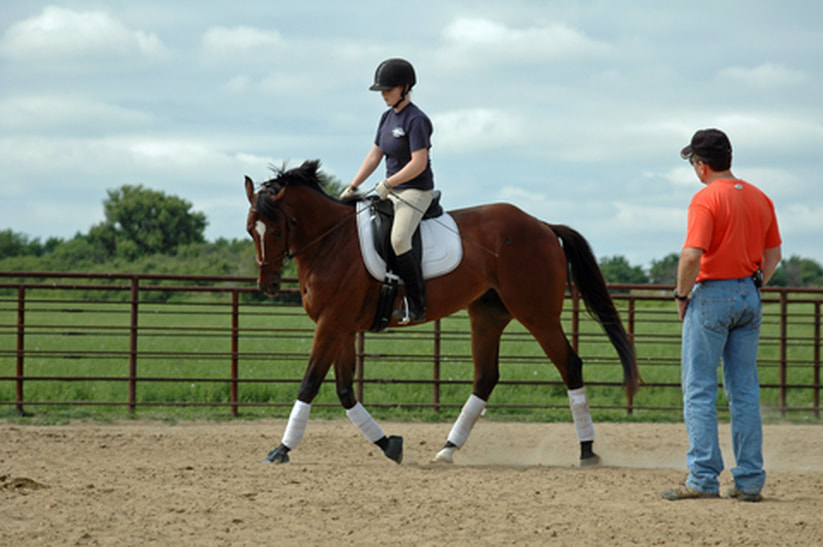How to Get the Most Out of A Riding Lesson
(For Student and Trainer)
In order for students to progress, the instructor must communicate effectively. But it turns out the best riders don't always make the best instructors. Here's why.

